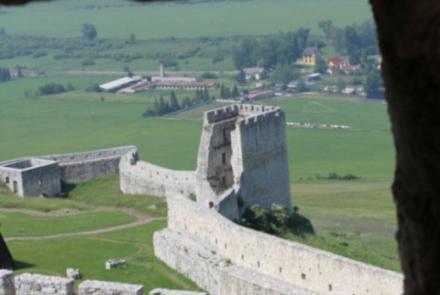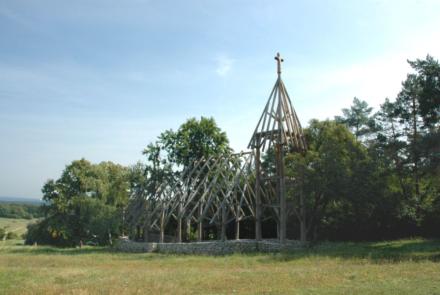The true gems of the region's nature are hidden underground, in the depths of the Slovak Karst. The singularity of this site is best witnessed by its UNESCO listing as a piece of World Cultural and Natural Heritage. Out of the twelve caves now accessible to the public, the Košice Region boasts five: Domica, Gombasecká, Ochtinská Aragonite Cave, Jasovská and Dobšinská Ice Cave. Counted among the historical highlights of European importance can also be the Spiš Castle, the largest in Slovakia and UNESCO listed. The mightiest mountain range, Slovak Ore Mountains, can be found at the western part of the region. The Košice Basin, at the very heart of the region, is bordered on the east by the Slanské Hills with their four large protected areas, out of which the most prominent one is the Slovak Paradise, a piece of land designated as a national park in 1988, featuring deep canyons and waterfalls. The north-west is dominated by Vihorlat, a mountain range of volcanic origin with a real jewel - a tarn known as the Sea Eye (Mořské oko). The Latorica river basin offers a unique protected area of the lowlands type - alluvial forest over dead river branches full of rare plant and animal communities.
Košice, the capital city of the region, is noted for a multitude of precious and interesting buildings, out of which the most conspicuous is the St. Elisabeth Cathedral (or Dóm svätej Alžbety), the easternmost gothic cathedral in Europe. A treasure of the Košice Region is the Tokaj area, where the greatest of Slovak wines, the unique Tokaj wine, is grown and produced. The French king Louis XIV himself called it "the king of wines & the wine of kings".
6,755 km²
Population:
798,103
Capital city:




